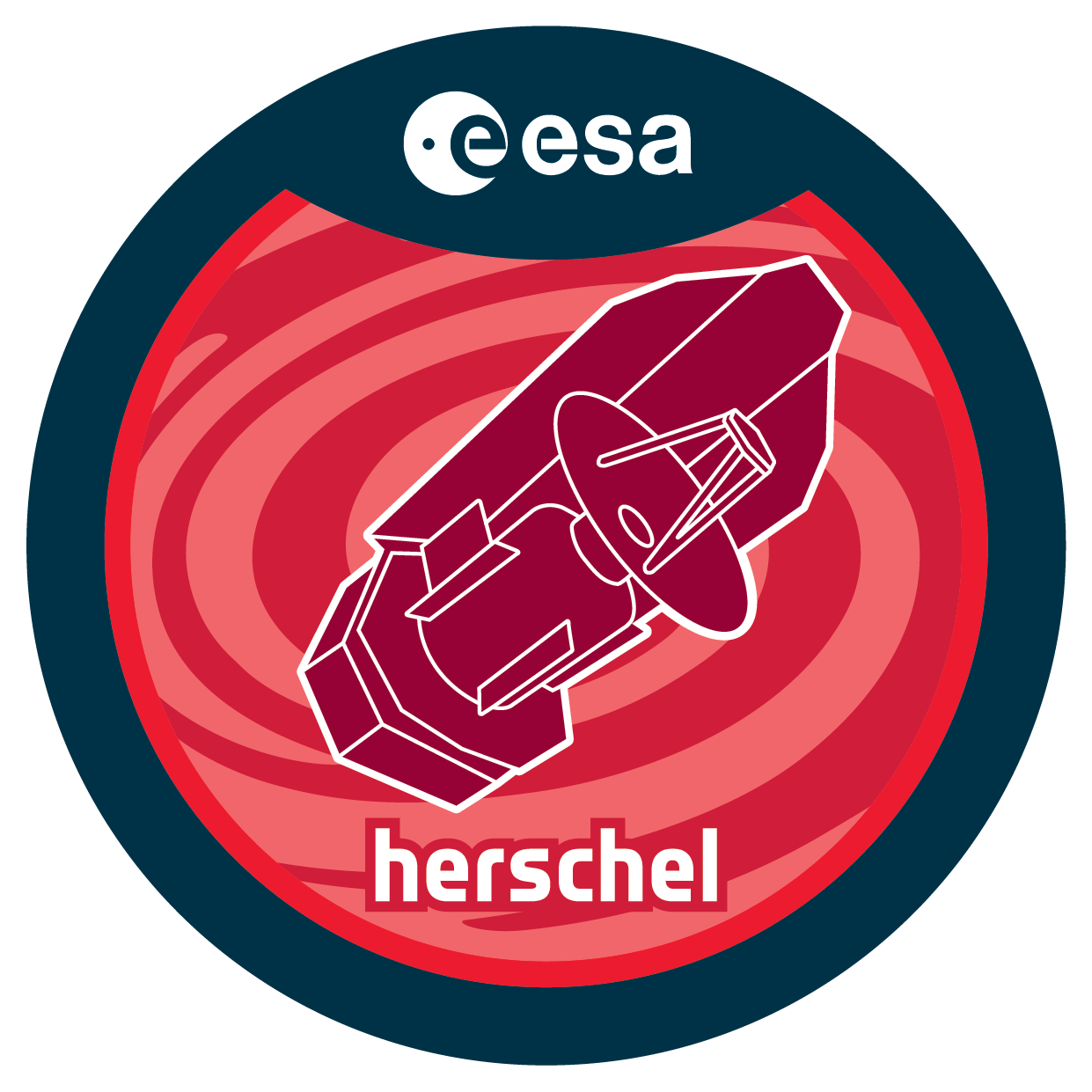| Description |
Low mass stars form in dense cores of gas and dust. Manydetails of how this happens are unclear. Sensitive continuum mappingobservations at wavelengths that sample the peak of their SEDs (100-300microns) are needed, for a large ensemble of cores, in order to investigatedense core evolution. Isolated dense cores are the best place to studycore evolution, as they are free of the confusing effects of star formationin large clouds and clusters. We propose to map, in the continuum withPACS and SPIRE, a carefully selected group of isolated cores with low peakcolumn density (about 30 cores), to study the earliest stages of coreevolution. By combining these data with Spitzer and submm continuum andmolecular line observations, we will determine the physical, dynamical andchemical state of each core. These results will enable us to investigatemany questions relating to how dense cores form and evolve toward starformation. |

